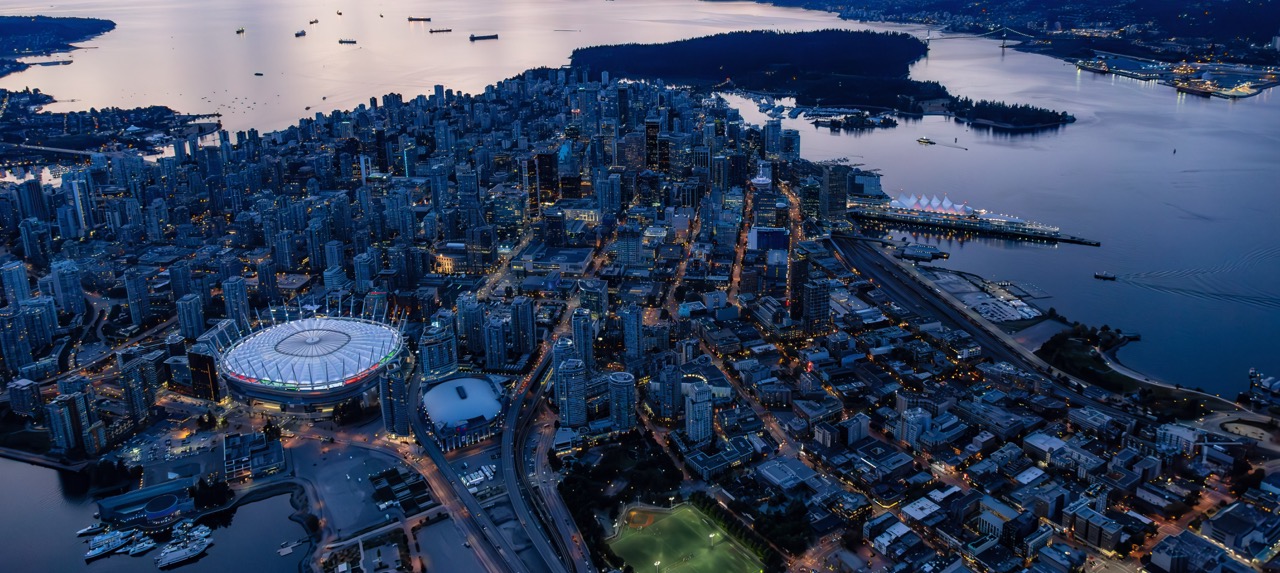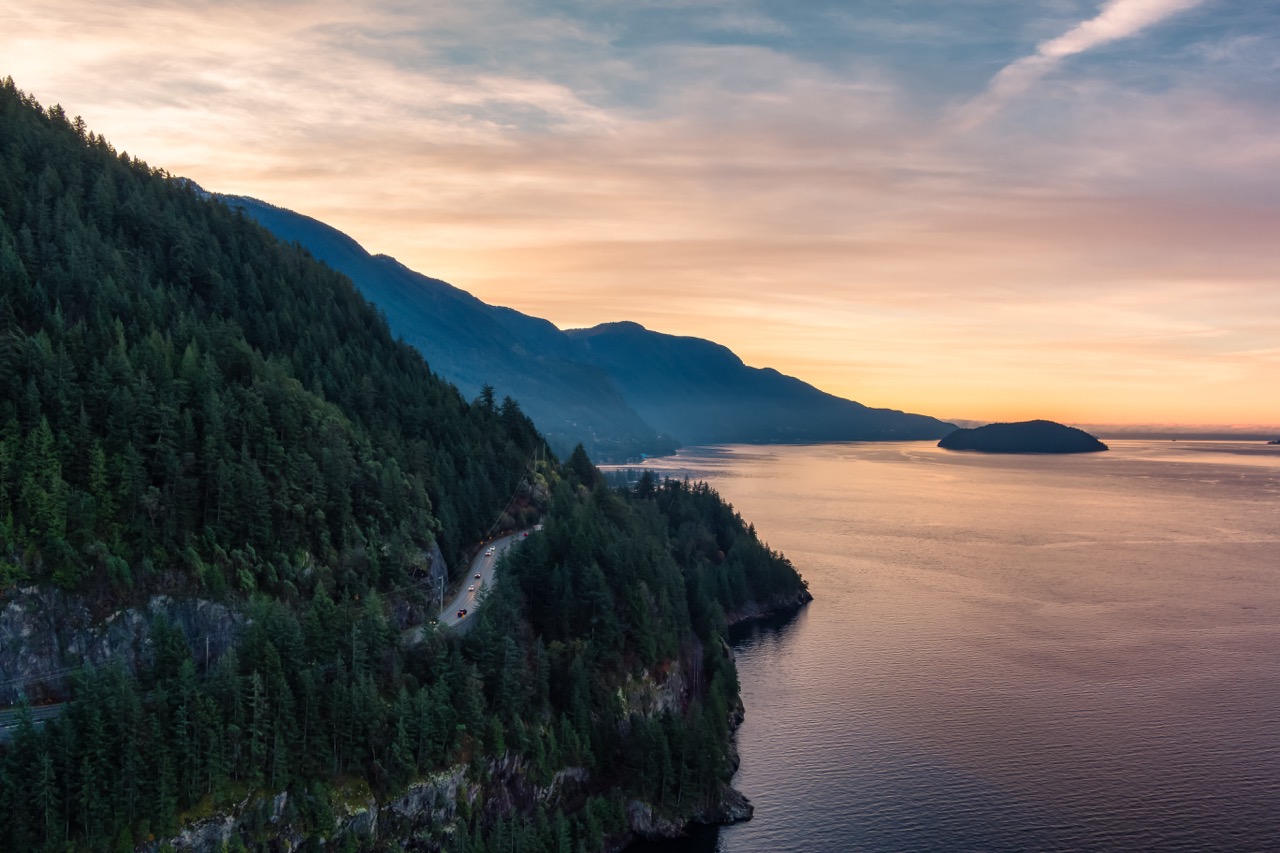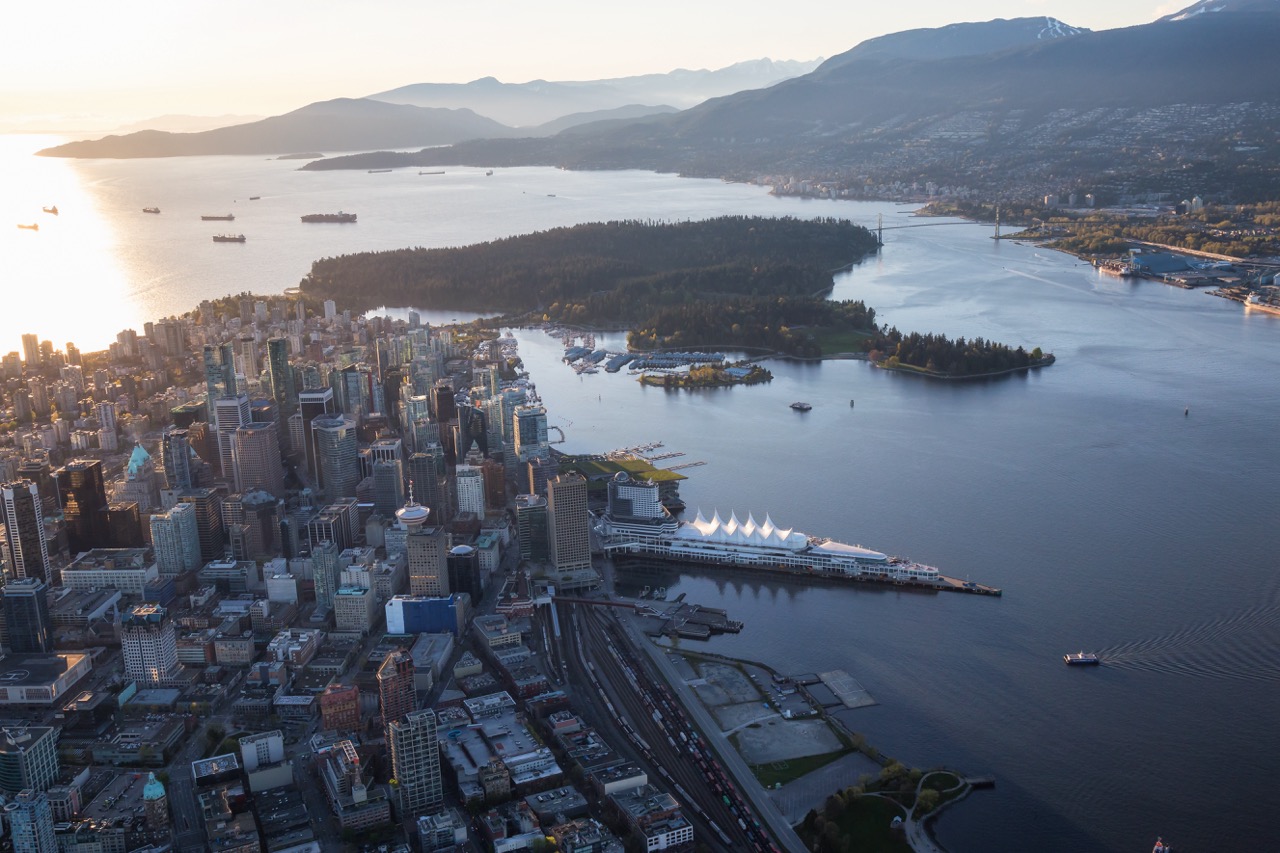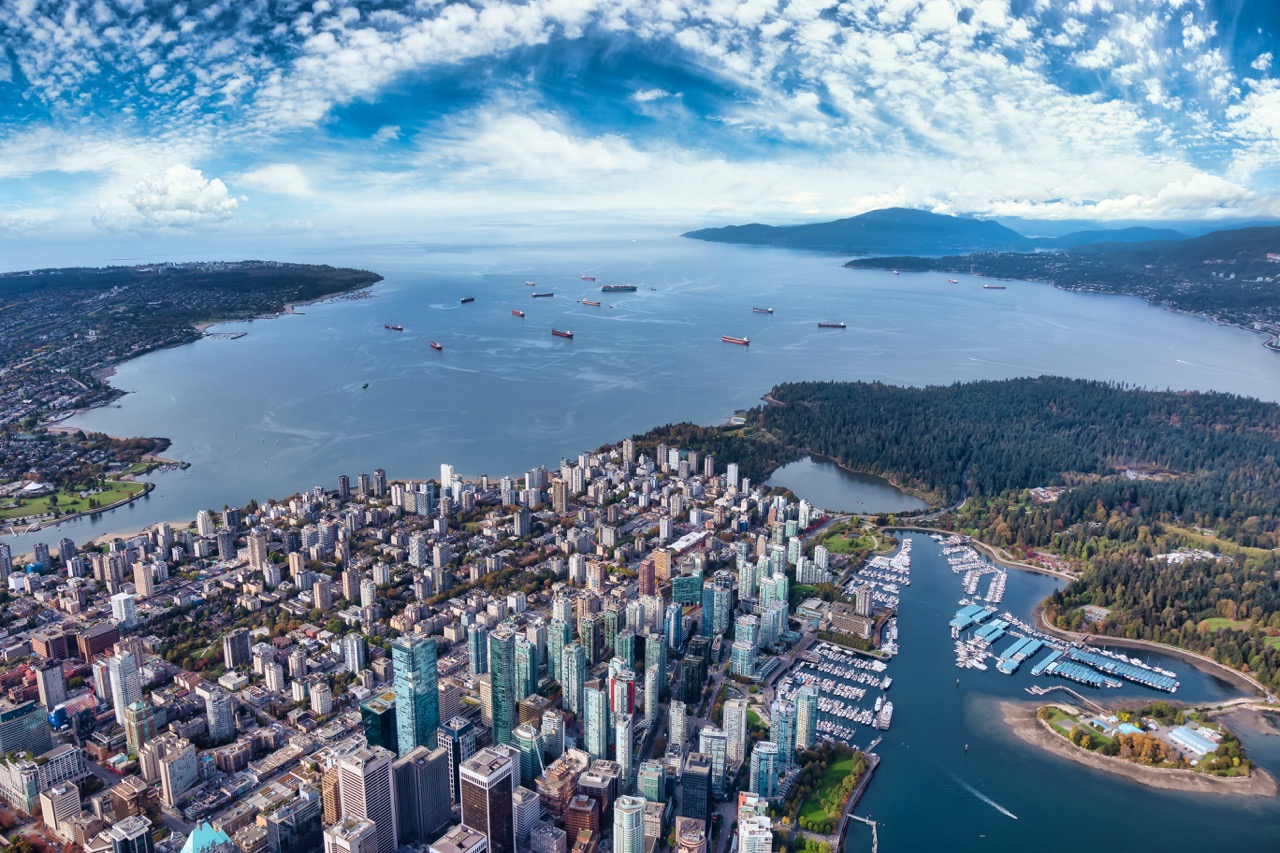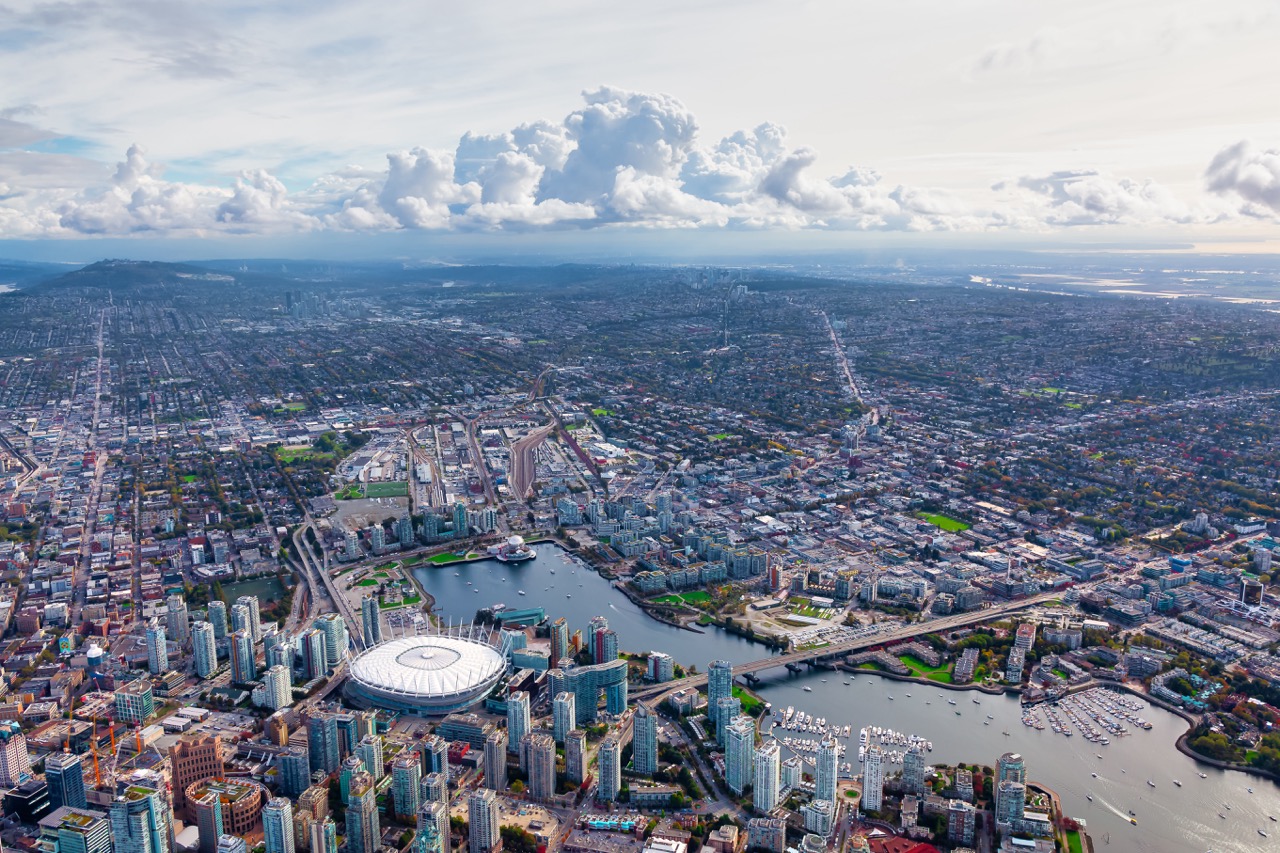Urban green spaces play an essential role in the ecology and social fabric of cities around the world. In Vancouver, British Columbia, these areas are not only vital for the environment but also enhance the quality of life for its residents. This article explores various facets of Vancouver’s urban green spaces, examining their ecological importance, accessibility, role in urban life, environmental benefits, community engagement, and the challenges they face today.
The Importance of Urban Green Spaces in Vancouver’s Ecosystem
Urban green spaces in Vancouver serve as critical components of the local ecosystem. They provide habitats for various species of flora and fauna, contributing to biodiversity within the metropolitan area. Parks, gardens, and green rooftops act as biodiversity hotspots, allowing wildlife to thrive amidst urban development. This is particularly significant in a city like Vancouver, which has a unique blend of urban and natural landscapes.
Moreover, these green areas play a crucial role in managing stormwater and reducing urban heat island effects. They absorb rainwater, thus mitigating flooding risks and reducing the burden on stormwater systems. During the warmer months, green spaces help cool the air, which is especially important given the rising temperatures associated with climate change. The integration of green infrastructure into urban planning can enhance resilience against climate-related events.
Additionally, the preservation of natural areas within the city contributes to the overall ecological health of the region. Vancouver’s urban green spaces, such as Stanley Park, not only serve recreational purposes but also maintain essential ecological functions. These include air purification, oxygen production, and carbon sequestration, all of which are vital for sustaining urban life in an era of increasing environmental challenges.
Evaluating Accessibility and Inclusivity of Green Areas
Accessibility to urban green spaces is a fundamental consideration in fostering an inclusive community. In Vancouver, the city has made strides in ensuring that parks and natural areas are reachable by public transport and are designed to accommodate individuals of all abilities. However, there still exists a disparity in access, particularly in underserved neighborhoods where green space is limited. Evaluating these inequities is crucial for improved urban planning and community well-being.
Inclusivity in urban green spaces goes beyond physical access; it involves creating environments that welcome diverse communities. This encompasses culturally relevant programming, multilingual signage, and facilities that cater to varied recreational needs. For instance, providing spaces for community gardens can empower residents from different backgrounds to come together and cultivate both plants and relationships. The city’s efforts to engage with local communities in the design process are vital for ensuring that green spaces reflect and serve the populations they are meant to benefit.
Furthermore, the ongoing maintenance and safety of these areas are critical for promoting consistent use among all community members. Well-maintained parks deter crime and ensure that families feel safe enjoying these spaces. Addressing the nuances of accessibility and inclusivity is essential for maximizing the benefits that urban green spaces can provide to a diverse populace.
The Role of Parks in Enhancing Urban Quality of Life
Parks and green spaces significantly enhance the quality of life in urban environments. In Vancouver, these areas offer residents a respite from the hustle and bustle of city life, providing opportunities for relaxation, recreation, and social interaction. The mental health benefits of green spaces are well-documented; access to nature has been linked to reduced stress levels and improved overall well-being. This is particularly important in urban settings, where the pace of life can contribute to anxiety and emotional distress.
Moreover, parks serve as venues for community events, cultural festivals, and recreational activities. From organized sports to outdoor yoga classes, the variety of programs available caters to a wide range of interests and age groups. These activities foster a sense of belonging and community engagement, encouraging individuals to connect with their neighbors and develop a shared identity. The social fabric of Vancouver is strengthened through such interactions, which can lead to lasting relationships and a more cohesive community.
Additionally, well-designed parks can encourage physical activity among residents, promoting healthier lifestyles. With walking paths, cycling lanes, and fitness stations, urban green spaces provide accessible venues for exercise. The city’s commitment to promoting active living through the enhancement of these areas is a proactive approach to addressing public health challenges, including obesity and related chronic diseases.
Environmental Benefits of Vancouver’s Urban Green Spaces
The environmental benefits of urban green spaces in Vancouver extend beyond aesthetics and recreation. These areas play a significant role in mitigating the effects of urbanization on the environment. For instance, vegetation in parks absorbs pollutants and improves air quality, directly impacting the health of city dwellers. Trees and plants act as natural filters, capturing dust, smoke, and carbon dioxide, while releasing oxygen, which is vital for sustaining life.
In addition to improving air quality, urban green spaces contribute to urban cooling, which is essential in combating climate change. The shaded areas provided by trees can help lower surrounding temperatures, reducing the need for air conditioning in nearby buildings. This not only conserves energy but also contributes to lower greenhouse gas emissions. As Vancouver grapples with the impacts of climate change, the role of urban green spaces in cooling the environment cannot be overstated.
Furthermore, these green areas promote sustainable water management practices. By absorbing rainfall and reducing stormwater runoff, parks help minimize flooding risks and prevent water pollution in nearby waterways. The presence of green infrastructure, such as permeable pavements and rain gardens, enhances the city’s capacity to manage rainwater effectively. Thus, urban green spaces are not merely aesthetic features; they are integral to fostering a sustainable urban ecosystem in Vancouver.
Community Engagement: Building Connections in Green Areas
Community engagement in urban green spaces is a vital aspect of fostering social cohesion and involvement. Vancouver has seen various initiatives aimed at encouraging residents to take an active role in the stewardship of their local parks. Community gardening projects, volunteer tree planting, and clean-up events offer opportunities for individuals to connect with their environment and with each other. Such involvement can significantly enhance a sense of ownership and responsibility towards maintaining these spaces.
Furthermore, the role of local organizations and community groups in advocating for green spaces cannot be overlooked. Many groups work tirelessly to ensure that the voices of marginalized communities are heard in urban planning discussions related to parks and green areas. This grassroots activism is crucial for promoting equitable access and ensuring that all community members benefit from these vital resources. Engaging citizens in the decision-making process fosters transparency and builds trust between residents and local government.
Additionally, educational programs hosted in parks can serve to connect residents with nature and promote environmental stewardship. Workshops on native plants, wildlife conservation, and sustainable gardening practices not only educate participants but also encourage a deeper appreciation for local ecosystems. Such programs can be a catalyst for fostering community relationships, as individuals come together with a shared goal of enhancing and preserving their urban green spaces.
Challenges Facing Urban Green Spaces in Vancouver Today
Despite the myriad benefits that urban green spaces provide, Vancouver faces several challenges in maintaining and enhancing these areas. Rapid urbanization and population growth place immense pressure on existing parks and green spaces. As the city becomes denser, it is imperative to balance development with the preservation of natural areas. This often leads to conflicts between developers and community advocates, highlighting the importance of inclusive urban planning processes.
Another challenge is the ongoing maintenance and funding of green spaces. Budget constraints can hinder the upkeep of parks, leading to issues such as litter accumulation, overgrown vegetation, and inadequate facilities. This can deter residents from using these spaces and diminish their overall appeal. Continuous investment in the maintenance and enhancement of green areas is essential for ensuring that they remain inviting and functional for all community members.
Additionally, climate change poses a significant threat to the sustainability of urban green spaces. Extreme weather events, such as droughts and heavy rainfall, can damage vegetation and disrupt ecosystem balance. The city must adopt adaptive management strategies to address these challenges, ensuring that parks can withstand the impacts of a changing climate. Innovative approaches, such as the incorporation of drought-resistant plants and green infrastructure, are necessary for resilience in the face of environmental uncertainties.
Urban green spaces in Vancouver are indispensable to the city’s ecological health, social fabric, and overall quality of life. While the benefits they provide are clear, challenges such as accessibility, maintenance, and climate change threaten their sustainability. It is crucial for city planners, community members, and policymakers to work collaboratively to protect and enhance these vital areas. By addressing these challenges through innovative strategies and inclusive practices, Vancouver can ensure that its urban green spaces continue to thrive for generations to come.

